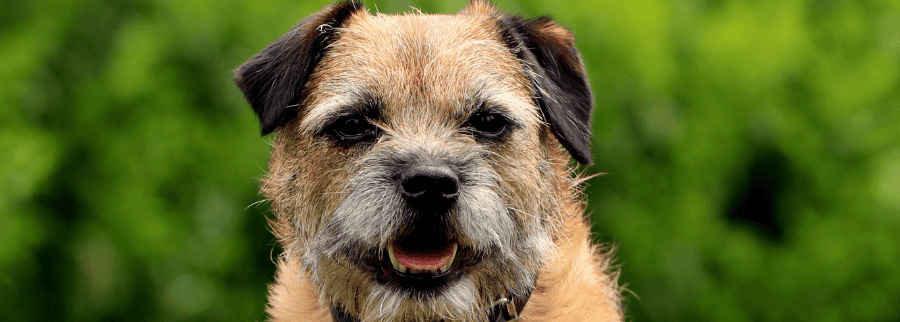

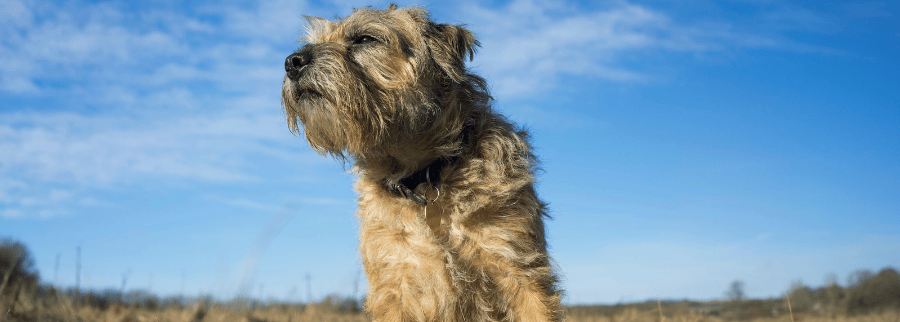

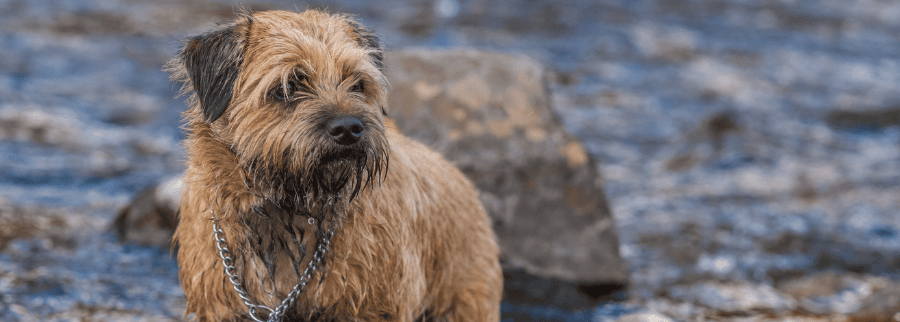

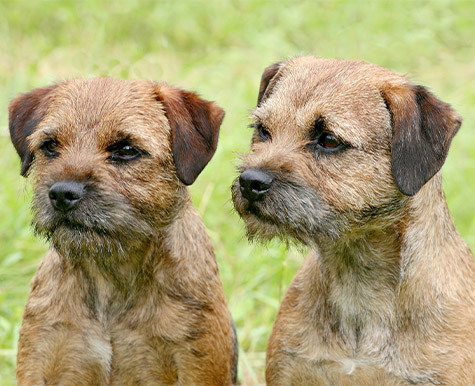
Border Terrier
 Overview
Overview
Overview of Border Terrier
Often mistaken for a mutt because of their no-fuss looks, the Border Terrier was bred to be a fearless working dog capable of running with horses and hounds and to flush foxes from their underground dens in any terrain or weather. Originally known as the Coquetdale Terrier or Redesdale Terrier to refer to their place of origin, they later came to be known as the Border Terrier. This is most likely because of their long history with the Border Hunt in Northumberland. Their teeth are very large relative to their body size so this helps them stay feisty! The Border Terrier's tail is roughly the length of a human hand; some say they were bred this way so their owners could easily pull them out of fox dens if need be. These tough little dogs (11 - 15 lbs) are low-key lovers at home and hard workers on the field! Their weatherproof, double coat does an excellent job of repelling dust and debris, so a quick weekly brushing is usually enough to remove loose undercoat hairs, and a coat strip every three months should do. Border Terrier puppies come in red, gristle and tan, and blue and tan.
Common Health Conditions & Recommendations for Border Terrier
Legg-Calve-Perthes disease:
Is a condition that affects the hip joint (which has a ball and a socket). The femoral head or ball starts to degenerate and the hip can no longer function correctly, which may lead to arthritis later on. This is a hereditary health condition that affects small dogs such as Border Terriers.
Recommendations for Legg-Calve-Perthes disease in Border Terrier Dogs:
Common Health Conditions & Recommendations for Border Terrier
Heart disease:
Certain breeds such as Border Terriers, may be more susceptible to developing heart disease.
Recommendations for Heart disease in Border Terrier Dogs:
Common Health Conditions & Recommendations for Border Terrier
Hypothyroidism:
Is a condition that your Border Terrier may be prone to. It is characterized by an underactive thyroid gland. Symptoms may include recurring skin infections, fur loss, low energy, and depression. This condition is most commonly treated with vet-prescribed medication and nutritional therapy.
Recommendations for Hypothyroidism in Border Terrier Dogs:
 Personality
Personality
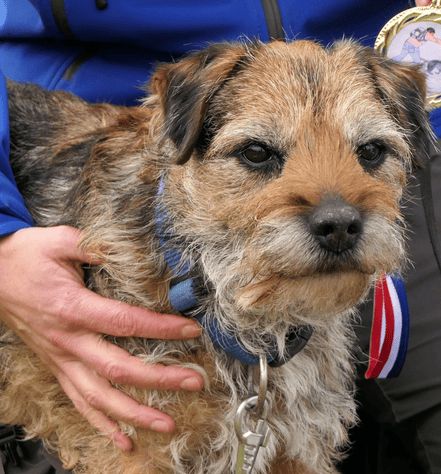
Due to their close working relationship with humans on the Border hunt, Border Terrier pups love being part of a family unit and don't do well when left alone for too long. We recommend crate training them so that you can leave them in their crate when you need to leave the house. These dogs are quick to learn and slow to obey, so a bit of patience goes a long way. True to terrier style, Border Terrier puppies love digging, barking, and chasing little critters, so they may not always be a great fit for households with smaller animals like rabbits or birds. Keep in mind that if you let your Border Terrier off-leash, they would be safest in a securely fenced yard where they can't dig or jump their way out.

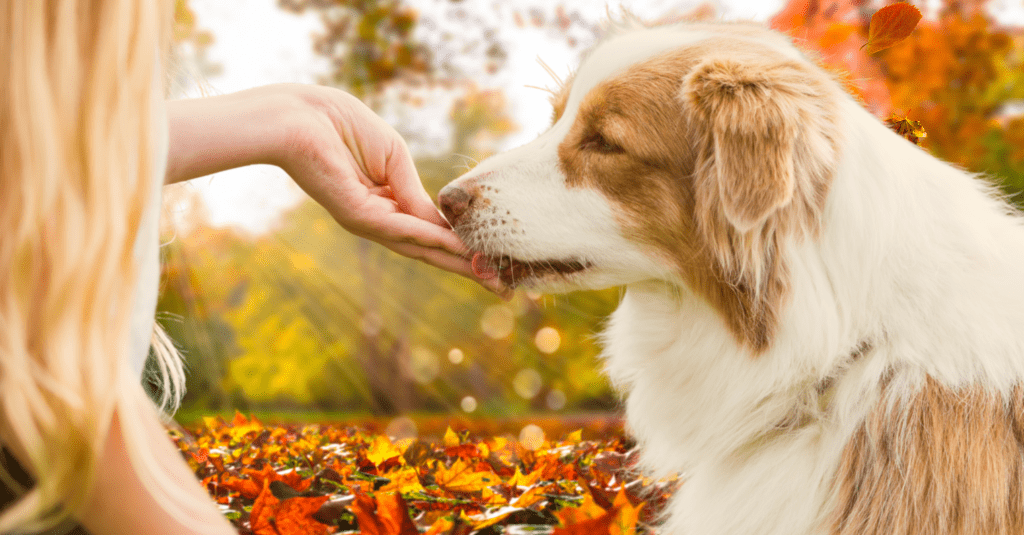

 CAD
CAD
 US Dollar
US Dollar


